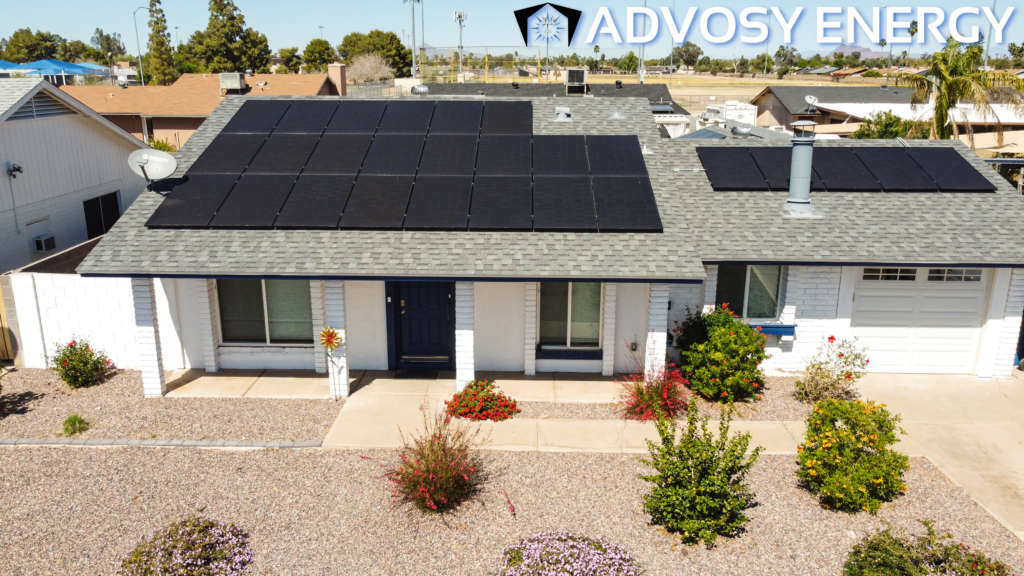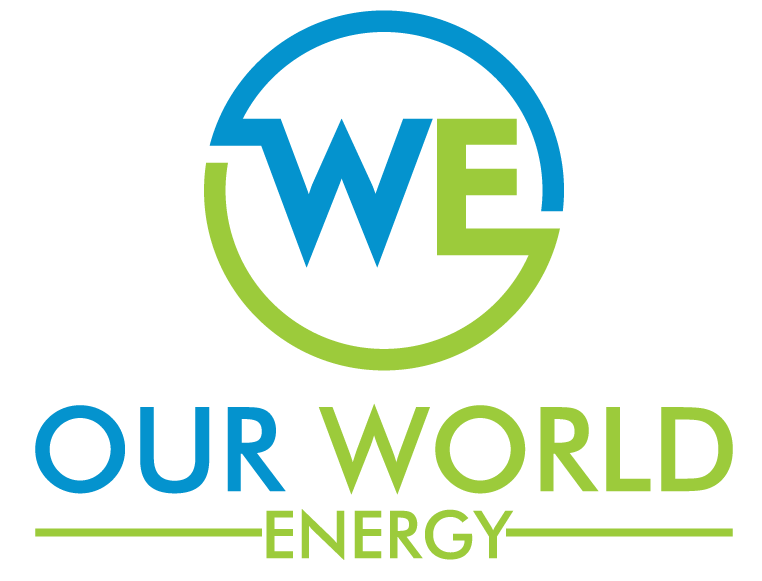Solar energy is becoming increasingly popular due to its potential for reducing electricity costs and providing clean, renewable energy. To maximize the cost savings associated with solar installations, many homeowners are turning to incentives and rebates available from their local governments or utility companies.
This article will provide an overview of how these programs work, discuss the different types of incentives and rebates that may be available, and offer guidance on maximizing savings through careful planning.
The current climate presents a unique opportunity for those interested in utilizing solar power. Incentives and rebates can help cover some of the initial installation costs of a home solar system, making it more financially feasible than ever before.
Overview Of Solar Incentives And Rebates
Solar energy is a renewable source of electricity that can reduce or even eliminate the amount of electricity consumers must purchase from their local utility. Solar power systems are now becoming increasingly popular due to incentives and rebates offered by federal, state, and local governments as well as utility companies in order to encourage homeowners to switch to sustainable sources of energy.
For those who decide to make the investment in solar technology, there are several ways for them to maximize their savings through various incentives and rebates available across the country.
Federal tax credits allow taxpayers to deduct up to 26 percent of the cost of installing a solar system from their taxes. In addition, many states have additional programs such as cash-back offers and grants which provide financial support for purchasing solar equipment. Furthermore, some utilities offer net metering programs which credit customers with an agreed rate for every unit (kWh) of electricity generated by their rooftop photovoltaic panels.
Ultimately, when considering all these options together, it becomes evident that there is significant potential for individuals looking into investing in solar energy solutions to save money on monthly bills while also helping protect the environment.
Types Of Solar Incentives And Rebates

Solar incentives and rebates are an important part of maximizing savings when investing in a solar energy system.
Prominent among them are tax credits, which provide partial refunds to those who install eligible photovoltaic systems, and utility rebates, which lower the cost of installation through direct payments from local providers.
Tax credits can be obtained by filing federal income taxes after installing an approved solar energy system. The credit is equal to 30 percent of the total purchase price, including labor costs associated with the installation. If a taxpayer’s credit exceeds their tax liability for that year, they may carry forward any remaining portion into future years or until it is used up.
Additionally, some states offer additional incentives such as property tax exemptions on renewable energy equipment or sales tax exemptions on materials purchased for construction.
Utility companies also offer financial assistance to people looking to go solar by providing cash incentives that reduce the overall cost of installation. Typically available through state-funded programs or directly from electricity providers themselves, these rewards come in the form of upfront payments or bill credits applied over time.
Moreover, many utilities will require customers to take advantage of net metering policies that allow homeowners to sell excess power back onto the grid at retail rates instead of wholesale prices – effectively allowing them to earn money off clean energy production.
1. Eligibility Requirements For Solar Incentives And Rebates
Solar incentives and rebates can be a great way to save money on energy costs while also helping the environment. Eligibility requirements for these programs vary depending on several factors, such as location and type of system installed.
In order to qualify for solar incentives or rebates, homeowners must first assess their own energy efficiency needs as well as any environmental impact they wish to reduce by installing solar panels. Homeowners will likely need to provide proof that specific criteria have been met in order to receive financial benefits from local governments or utility companies. These may include certifications of installation quality, completion of an inspection process, and demonstration of compliance with applicable laws and regulations.
In addition, some states require certain forms or documents in order to prove eligibility for solar incentives and rebates. Ultimately, understanding all the steps involved in qualifying for these types of programs is essential when attempting to maximize savings through solar technology.
2. Calculating Potential Savings With Solar Incentives And Rebates
The financial incentives and rebates available for solar energy can be a great way to save money on your utility bills. A cost benefit analysis is an excellent method of evaluating the potential savings from implementing such initiatives. Through this approach, you can better assess the return on investment that comes with utilizing solar energy resources in your home or business.
Understanding all of the different types of incentives and rebates available is key when determining the best options for maximizing your savings. Researching local, state, and federal programs is essential as they often provide additional tax credits or grants that may apply to you.
Additionally, many utility companies offer reduced rates or net metering programs which enable customers to earn credit for excess electricity generated by their own systems. Taking advantage of these opportunities could potentially lead to significant long-term savings on energy costs.
3. Finding Solar Incentives And Rebates In Your Area
The search for solar incentives and rebates can often be overwhelming. With the emergence of renewable energy, states across the country have implemented various programs to encourage homeowners to install solar energy systems. Therefore, it is important to research available options in your area before investing in a system. By understanding local regulations and policies, you can maximize your savings while increasing your home’s energy efficiency.
When researching potential incentives or rebates, start by exploring state programs that may offer tax credits or other financial assistance opportunities.
Additionally, many utility companies provide discounts and other services to customers who invest in clean energy sources such as solar power.
Lastly, look into any federal grants that are available for installing renewable energy systems like solar panels. Taking advantage of all applicable programs will help ensure you receive maximum benefits from your investment.
4. Maximizing Solar Incentive And Rebate Benefits

Once you have identified the possible solar incentives and rebates available in your area, it is time to maximize their benefits.
The most cost-effective way of maximizing these benefits is by going off grid with green energy sources such as solar panels.
Going off grid means that you will no longer be relying on traditional power grids for electricity but instead using alternative renewable resources such as wind turbines or photovoltaic cells.
This can save money on energy bills while providing environmental sustainability and increased independence from utility companies.
When considering going off grid, it is important to research all available options and calculate potential savings before investing in any green energy solutions.
It is also essential to ensure that local regulations are met when installing systems such as solar photovoltaics or wind turbines.
Additionally, finding a reliable installer who specializes in solar installations is key to making sure that the system runs efficiently over its lifetime.
Ultimately, if done correctly, going off grid with green energy sources can provide significant financial savings due to incentives and rebates while contributing towards a sustainable future.
Pros And Cons Of Solar Incentives And Rebates
The use of solar incentives and rebates is a great way to maximize savings on energy costs. Taxation implications, environmental impact, and other financial benefits can be achieved when they are used effectively.
It is important to understand the pros and cons associated with solar incentives and rebates before making any decisions. On one hand, they offer a reliable source of renewable energy that will reduce electricity bills over time; this type of energy is also cheaper than traditional sources as it does not require purchasing fuel or extra materials for production. Additionally, government subsidies may help offset some of the cost incurred in installing solar panels.
In terms of taxation implications, homeowners who install systems may benefit from lower property taxes due to their improved efficiency ratings. Furthermore, there are numerous environmental advantages associated with using solar power such as reduced air pollution, water conservation, and decreased dependence on fossil fuels – all leading to a decrease in global warming potentials.
On the other hand, while there are many positives associated with using solar incentives and rebates, there are still drawbacks to consider. The initial setup costs can be high which may make them difficult to afford for some households; additionally installation times vary greatly depending on geographical locations meaning certain areas might take longer than others to reap the full benefits of these programs.
It is also worth noting that despite providing long-term savings most schemes do not provide immediate monetary returns so it’s important to weigh up whether the amount saved justifies any upfront investments made into setting up systems.

